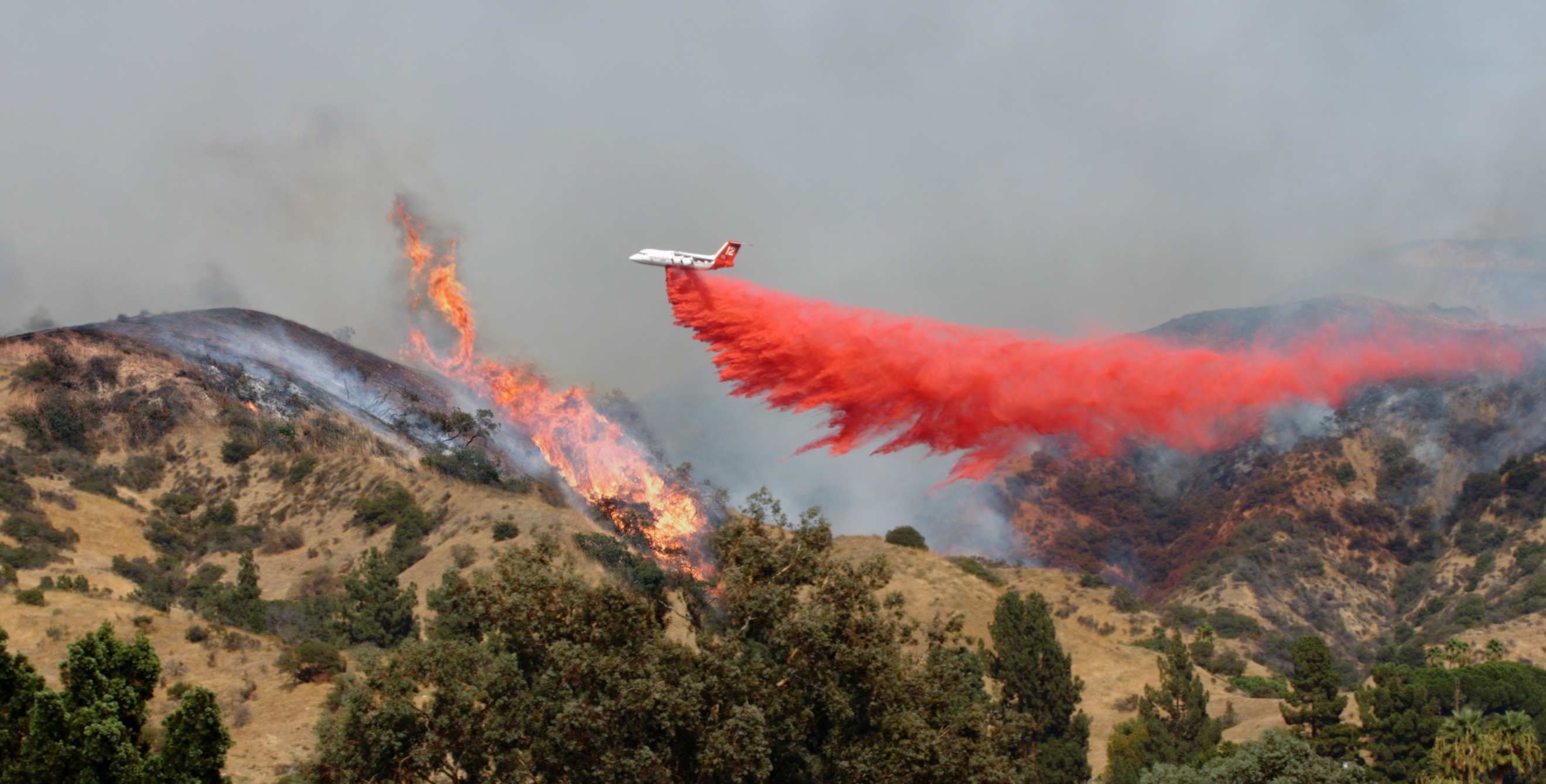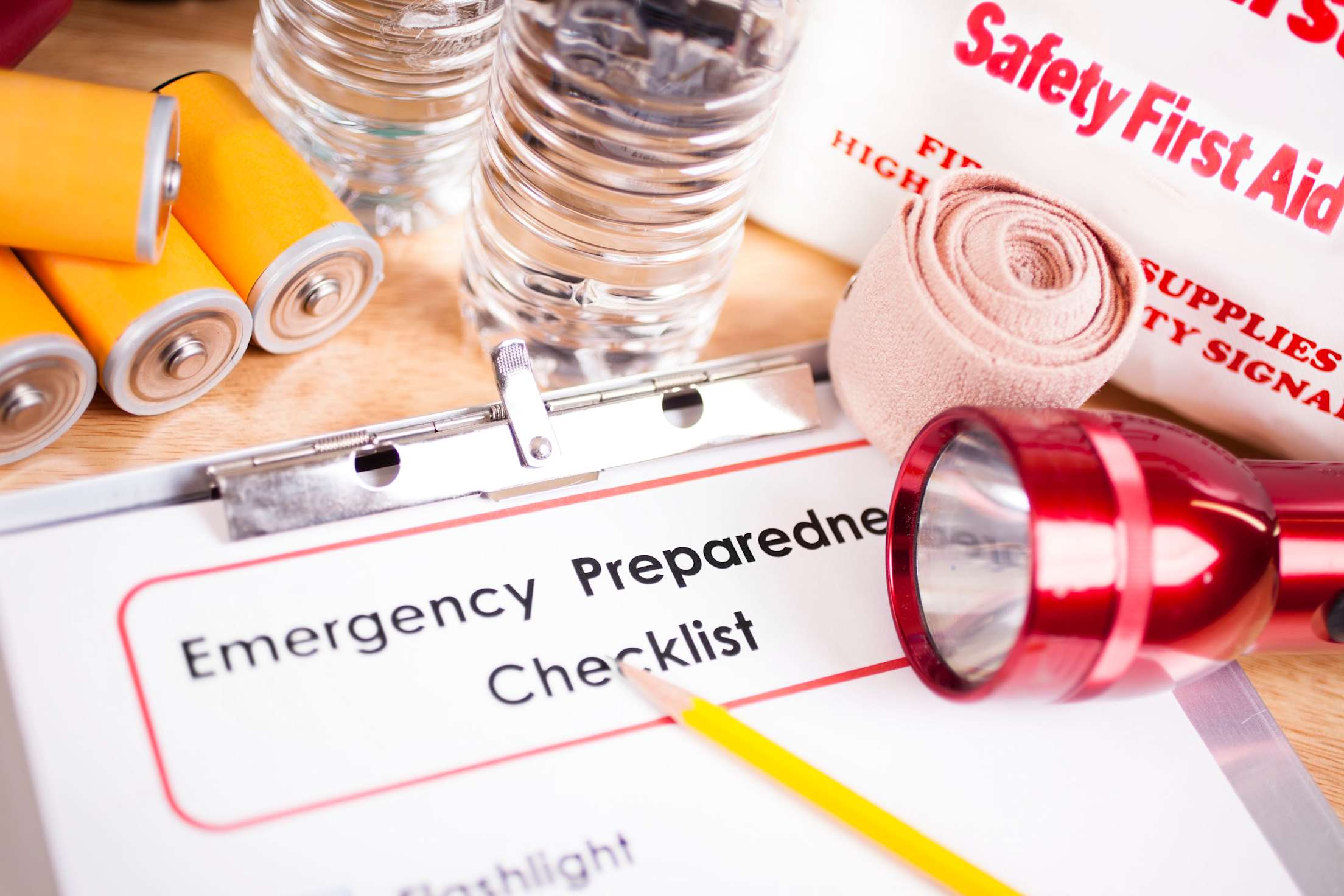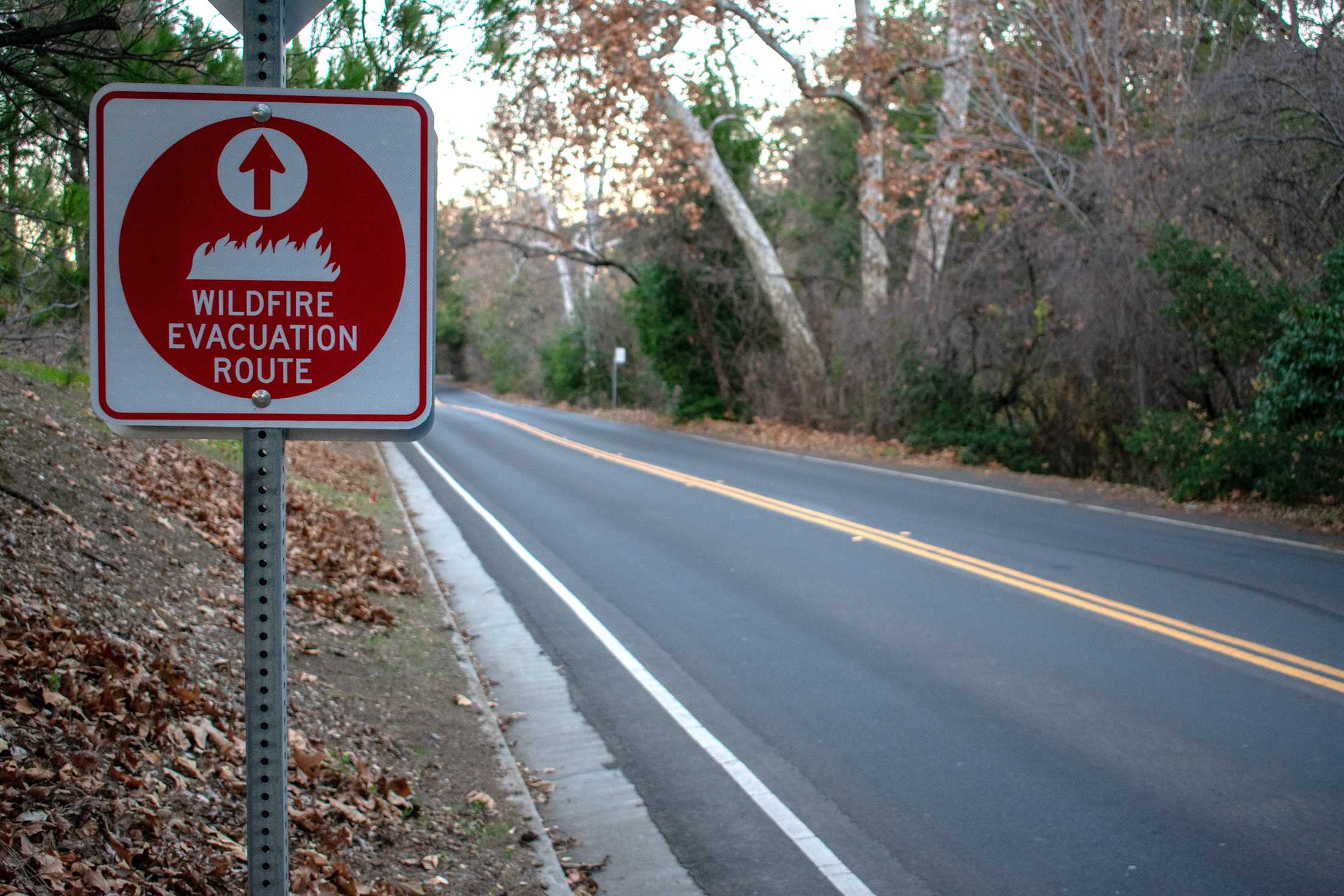
How to Prepare to Evacuate Due to Wildfire
Get everything in order with this checklist so you can leave quickly and safely.

Living in the West means living with the chance of wildfires—and the possibility that someday you’ll have to evacuate your home to get out of harm’s way.
If and when you do get an evacuation order, you probably won’t have much time to get out. A bit of prior preparation could help you preserve as much of your property as possible and get you out faster.
What to Do Ahead of Time
Have an emergency kit ready to go.
We’ve said it before, and we’ll say it again: You should always have an emergency kit ready to grab if you need to leave the house in a hurry. You can pack your own or buy one ready-made. (AAA Members get a discount on kits from ReadyAmerica.) While you’re at it, make sure you have digital copies of your most important documents—passports, drivers licenses, insurance cards, birth certificates, and Social Security cards—scanned and stored somewhere in the cloud.
Have a plan.
Think of evacuation as a two-phase process: Getting everyone out of the house and then getting out of the evacuation zone. For the first, make sure everyone in your immediate family knows the rally point where you'll all meet in an emergency—ideally one near the house—before heading out of the neighborhood. For the second, Google “[your city name] emergency response plan”; familiarize yourself with its officially sanctioned evacuation routes and rendezvous points.
Know who to call.
Everyone in the family should know who to call in case they can’t contact you. That means one or two nearby friends and relatives, plus somebody who lives out of state. They should also have the numbers of local emergency services programmed into their phones.
Prepare your home.
If you live in an area prone to wildfire, do what you can to make your property less vulnerable. As much as possible, use fire-resistant materials for building projects and repairs. Install wire mesh over any exterior vents to prevent floating embers from entering your house. Make sure you have enough hoses so that, when they’re attached to exterior faucets, they can reach any part of the house’s exterior. (Firefighters may need to use these.)
Prepare your yard.
Evolve your landscaping—choosing stone for patios, for example, and low-lying ground covers for plantings—to create a defensible perimeter immediately around the house. Keep your yard and gutters free of flammable debris. Make sure plants are well-watered and trimmed, your lawns mowed; dispose of any yard waste as quickly as possible. Trees should be pruned so the lowest branches are at least 6 feet from the ground. Situate firewood piles at least 30 feet from your home.
Check your insurance.
Don’t wait until fire season to be sure your insurance coverage is up to date and adequate for your property. Call your agent to review your coverage. Standard homeowners policies should provide enough money to repair or rebuild your home. Check to be sure outbuildings such as garages or sheds are included. Standard policies should also cover belongings in the house; to make such a claim, you’ll need an up-to-date home inventory. Also check to be sure your policy provides for living expenses (such as hotel rooms) if you need to be out of your home for any period of time. Find out whether your car insurance covers fire damage to your vehicles.
Sign up for alerts.
Local officials use Nixle alerts to notify residents about emergencies and other urgent matters via text messages. To sign up, text your zip code to 888777 (standard text messaging rates will apply) or visit local.nixle.com/register.
For more preparation tips, see Are You Prepared for a Wildfire.

What to Do if an Order Is Imminent
Stay informed.
Listen to your radio or TV for announcements from emergency personnel. Keep an eye out for Nixle alerts if you signed up. This would also be a good time to plug your phone in for a last-minute charge. If smoke from a fire—or the fire itself—is visible from your property, keep an eye on it.
Prepare your house.
Take down lightweight window coverings. Move flammable furniture to the center of the room, away from windows and doors. Then do a quick check around the perimeter of the house and collect any obviously flammable items—wood patio furniture or toys, for example—and pile them inside or in a garage. Move portable propane tanks well away from the house. Turn off fixed exterior tanks. If you have a metal ladder, put it by a corner of the house, in case firefighters need to get up on the roof.
Pack the important stuff.
Back your car into the driveway, to make it easier to get out fast. Throw in your emergency kit along with the six P’s: Pets, papers, prescriptions (including eyeglasses or contacts), pictures and other irreplaceable personal mementos, portable computers (or other digital devices); and plastic (credit and debit cards). Carry your car keys with you at all times.
Dress appropriately.
Regardless of the weather, long pants and long sleeve shirts will offer you better protection against heat and flying embers than shorts and a T-shirt; cotton is safer than polyester because it won’t melt. Heavy duty shoes or boots are also smart. Bring a cap, a bandana or other covering for your face, and goggles or glasses.

What to Do When It’s Time to Go
Be proactive.
Different jurisdictions use different names for their evacuation orders, but usually there are two levels: voluntary and mandatory. Whatever they are called, these orders tell you how significant and imminent the danger is. But you don’t have to wait for a mandatory order to leave. If officials are recommending evacuation, go. And even absent such an order, if you feel threatened, leave. Getting out early means you could avoid getting stuck in traffic jams; by reducing congestion, you can help emergency responders move more freely around the area.
Shut things down—but leave the lights on.
Shut off the air conditioning. Do not leave sprinklers on or water running: they can reduce water pressure that firefighters need. Leave exterior and interior lights on, so firefighters can still see your house under smoky conditions or in darkness. Shut all windows and doors.
Follow directions.
Regardless of the evacuation routes you mapped out ahead of time, circumstances may dictate you take alternatives. If emergency personnel tell you to go this way instead of that, do it.
If a wildfire ever hits where you live, the situation can get dire quickly. That speed can make it hard to think straight. The more you prepare ahead of time, the better your chances of coming through the event whole and getting back on the road to normal.